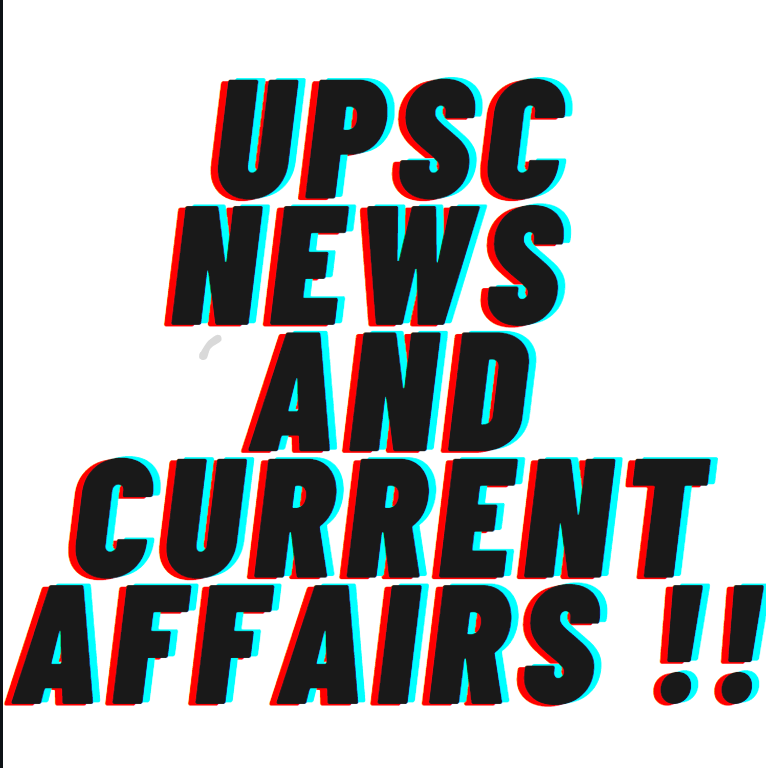The scene begins with King Duncan of Scotland receiving news of war between the invading Norwegians and the Scottish rebels led by MacDonwald and Cawdor's men.
- The news-bearing captain praised Macbeth and Banquo as brave and loyal warriors who fought bravely and turned the tide of war in Scotland's favor.
-The captain uses graphic and violent imagery to describe Macbeth's actions on the battlefield, "stripping" Macdonwald from navel to chin and fixing his head to his parapet.
- The Captain also uses metaphors and similes to contrast Macbeth and Banquo with their enemies. For example, Norwegians are like sparrows and hares, whereas Macbeth and Banquo are likened to eagles and lions.
More news for the Lord of Ross. Macbeth defeated the Norwegian king Sweno, now seeking a truce,and the lord of Cawdor was exposed as a traitor on the side of the enemy²³.
King Duncan is shocked and angry at Corder's betrayal and orders his execution. He also decided to reward Macbeth with the title of Cawdor and land.
- The scene ends with Duncan expressing his gratitude and trust to Macbeth, not knowing that Macbethwill soon be assassinated.
The main purpose of this scene is to represent Macbeth as a heroic and loyal person who hasearned the respect and admiration of the king and his countrymen. There is also the irony thatMacbeth himself soon becomes a traitor through his ambitions and the influence of his wife.
This scene shows Macbeth's violence and courage to be admired, and foreshadows Macbeth's downfall, which later becomes his fault and tempts him to commit further crimes. The scene also highlights themes of fantasy and reality, with Duncan being tricked by Corder's betrayal and Macbeth's false allegiance.
FOLLOW US FOR MORE SUCH ANALYSIS AND INTERSTING TOPICS !!!!

.jpg)

.jpg)

0 Comments